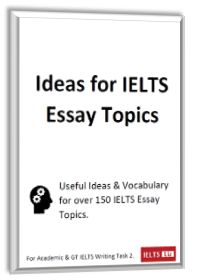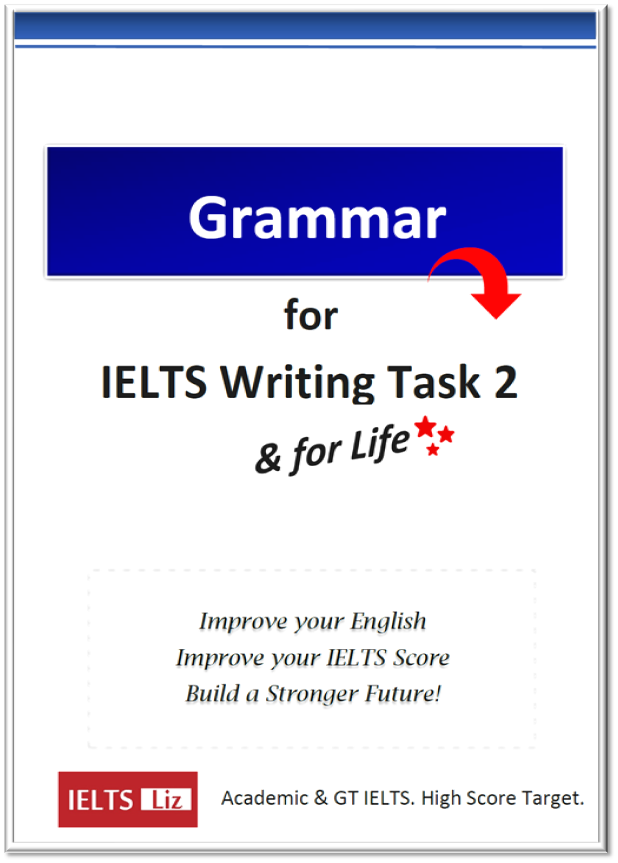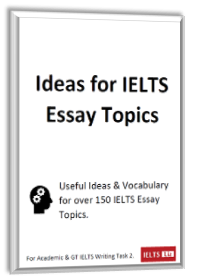In this question you must match the correct heading to the correct section of the passage. Matching headings questions are common in IELTS reading and are one of the longest to complete. This is a practice exercise for students, not an IELTS test.
Take time to read through the headings given. Spot which ones are similar or contain similar language – they are often traps. Also check the number of headings given, usually there are more headings available than are needed.
The heading usually relates to the general aim of a section.
Antimicrobial Resistance
A) While antibiotic resistance refers specifically to the resistance to antibiotics that occurs in common bacteria that cause infections, antimicrobial resistance is a broader term, encompassing resistance to drugs to treat infections caused by other microbes. Antimicrobial resistance (AMR) is resistance of a microorganism to an antimicrobial drug that was originally effective for treatment of infections caused by it. Resistant microorganisms (including bacteria, fungi, viruses and parasites) are able to withstand attack by antimicrobial drugs, such as antibacterial drugs (e.g., antibiotics), antifungals, antivirals, and antimalarials, so that standard treatments become ineffective and infections persist, increasing the risk of spread to others. The evolution of resistant strains is a natural phenomenon that occurs when microorganisms replicate themselves erroneously or when resistant traits are exchanged between them. The use and misuse of antimicrobial drugs accelerates the emergence of drug-resistant strains. Poor infection control practices, inadequate sanitary conditions and inappropriate food-handling encourages the further spread of AMR.
B) New resistance mechanisms emerge and spread worldwide threatening our ability to treat common infectious diseases, resulting in death and disability of individuals who until recently could continue a normal course of life. Without effective anti-infective treatment, many standard medical treatments will fail or turn into very high risk procedures. This would be a financially draining situation for wealthy countries but for the poorer ones, it could have catastrophic effects.
C) Infections caused by resistant microorganisms often fail to respond to the standard treatment, resulting in prolonged illness, higher health care expenditures, and a greater risk of death. As an example, the death rate for patients with serious infections caused by common bacteria treated in hospitals can be about twice that of patients with infections caused by the same non-resistant bacteria. For example, people with MRSA (another common source of severe infections in the community and in hospitals) are estimated to be 64% more likely to die than people with a non-resistant form of the infection.
D) WHO’s report on global surveillance of antimicrobial resistance reveals that antibiotic resistance is no longer a prediction for the future; it is happening right now, across the world, and is putting at risk the ability to treat common infections in the community and hospitals. Without urgent, coordinated action, the world is heading towards a post-antibiotic era, in which common infections and minor injuries, which have been treatable for decades, can once again kill.
Questions 1-4
Choose the correct heading from the list below (i-x)
Choose the correct heading for sections A-D from the list of headings below.
i. A fatal threat
ii. A global concern.
iii. The evolution of resistance
iv. MRSA in hospitals
v. The present situation
vi. What is antimicrobial resistance?
vii. Protecting future generations
- Section A =
- Section B =
- Section C =
- Section D =
- vi
- ii
- i
- v
(passage adapted from WHO)
All reading exercises on ieltsliz.com have been written by myself to help you prepare for your IELTS test.
Liz
- broader term = a more general term
- encompassing = including
- persist = continue
- phenomenon = occurrence
- replicate = copy / reproduce
- erroneously = mistakenly
- sanitary = hygienic / clean
- catastrophic = disastrous / terrible / devastating
- prolonged = lengthy (prolonged illness = chronic illness)
Recommended
Matching Heading Practice: Medium Level








